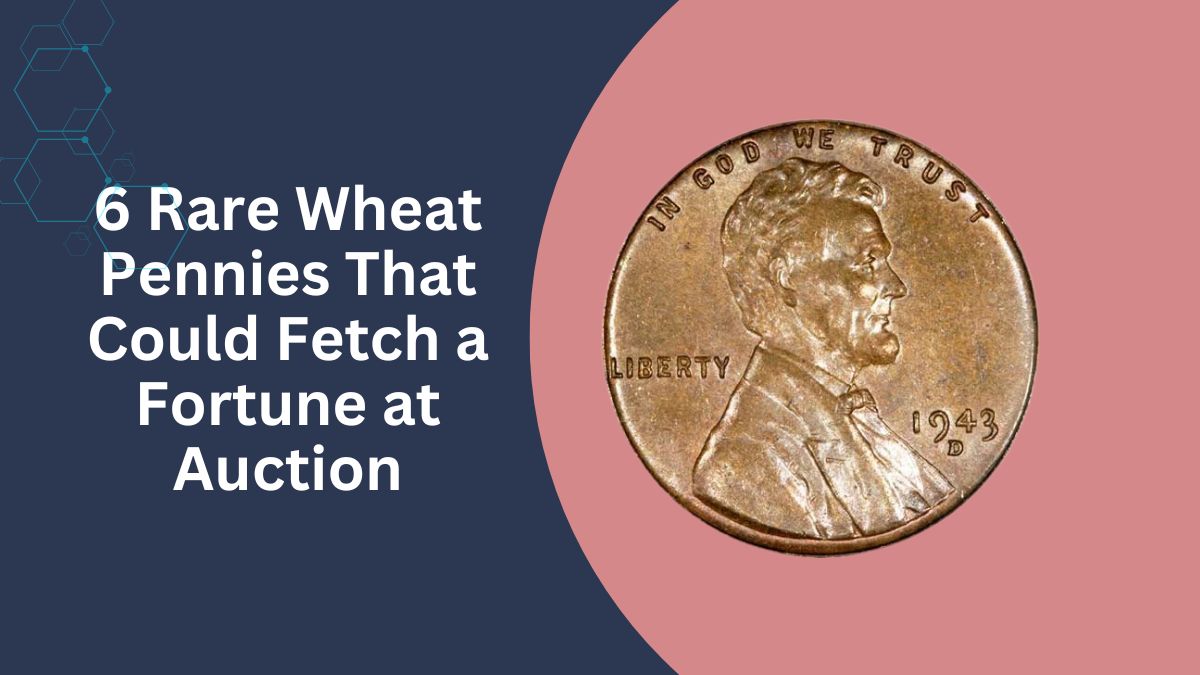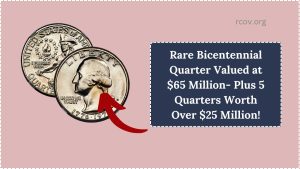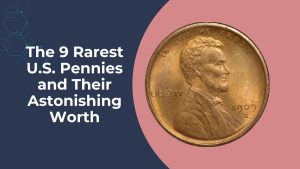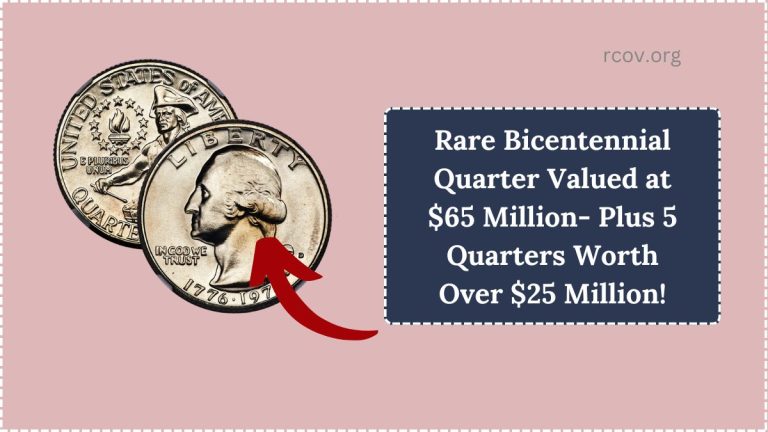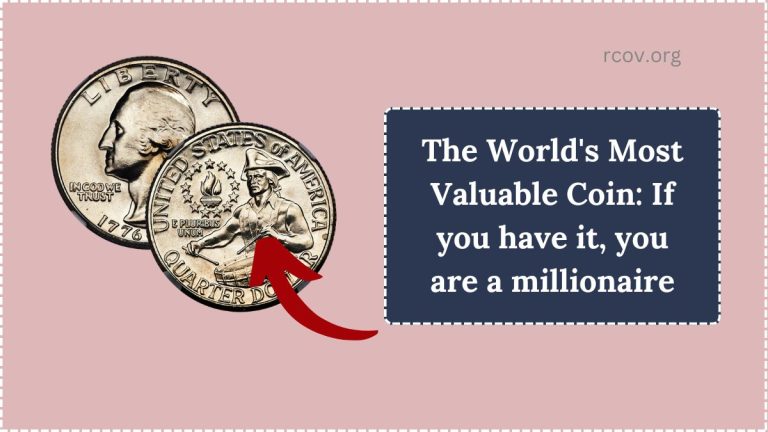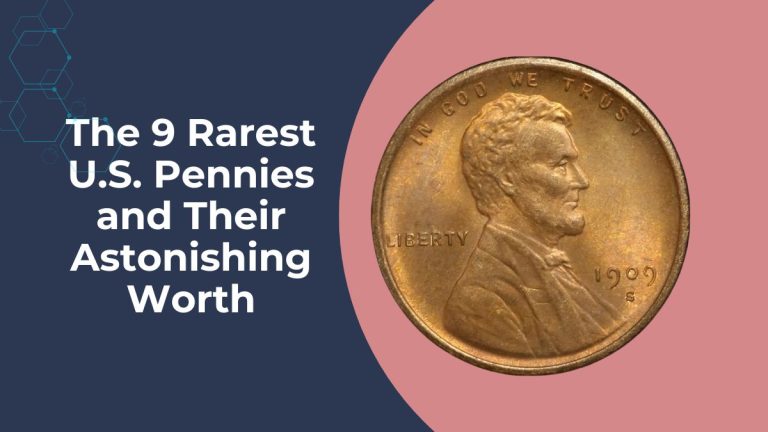Lincoln Wheat pennies, minted from 1909 to 1958, are cherished by collectors for their historical significance and unique designs. While many are common, certain rare variants can command substantial sums at auctions.
This article delves into six of the most coveted Wheat pennies, highlighting their distinctive features and record-breaking auction prices.
1. 1943-D Bronze Wheat Penny
During World War II, the U.S. Mint shifted from copper to zinc-coated steel for penny production to conserve copper for the war effort. However, a few bronze planchets from 1942 remained in the minting presses, leading to the accidental creation of bronze pennies in 1943.
The 1943-D (Denver Mint) bronze cent is exceptionally rare, with only one confirmed specimen. This coin fetched an astounding $840,000 at auction, making it one of the most valuable Wheat pennies ever sold.
2. 1944-S Steel Wheat Penny
In 1944, the Mint reverted to using copper for pennies. Nonetheless, some steel planchets from 1943 were mistakenly used, resulting in a few 1944 steel cents.
The 1944-S (San Francisco Mint) steel cent is among the rarest, with only two known examples. One of these coins achieved a remarkable $373,750 at auction, underscoring its rarity and desirability among collectors.
3. 1955 Doubled Die Obverse Wheat Penny
The 1955 Doubled Die Obverse (DDO) penny is renowned for its dramatic doubling of the obverse inscriptions, including the date and “LIBERTY.” This striking error is visible to the naked eye, making it a favorite among collectors.
Approximately 24,000 of these error coins were released into circulation. A high-grade specimen was sold for $114,000, reflecting its significant value.
4. 1909-S VDB Lincoln Cent
The inaugural year of the Lincoln cent featured the initials of its designer, Victor David Brenner (VDB), prominently on the reverse. Public controversy over the conspicuous initials led to their removal, resulting in a limited mintage of 484,000 coins from the San Francisco Mint bearing the “S” mint mark and “VDB” initials.
The scarcity of the 1909-S VDB cent has made it a key date for collectors, with pristine examples reaching up to $168,000 at auction.
5. 1922 No D Strong Reverse Wheat Penny
In 1922, only the Denver Mint produced pennies, all of which were supposed to bear the “D” mint mark. However, due to a filled die error, some coins were struck without the “D” mint mark.
The “No D” pennies with a strong reverse are particularly sought after. One such coin attained $82,250 at auction, highlighting its rarity and appeal.
6. 1917 Doubled Die Obverse Wheat Penny
The 1917 Doubled Die Obverse penny exhibits noticeable doubling on the date and the motto “IN GOD WE TRUST.” This error resulted from misalignment during the hubbing process.
Approximately 200 examples are known to exist, with uncirculated specimens being especially scarce. A high-grade example fetched $120,000 at auction, making it a prized piece for collectors.
| Year | Mint Mark | Variety | Composition | Notable Feature | Auction Record |
|---|---|---|---|---|---|
| 1943 | D | Bronze Cent | 95% Copper | Minted on bronze planchet | $840,000 |
| 1944 | S | Steel Cent | Zinc-coated Steel | Struck on steel planchet | $373,750 |
| 1955 | None | Doubled Die Obverse (DDO) | 95% Copper | Prominent doubling on obverse | $114,000 |
| 1909 | S | VDB Initials | 95% Copper | Designer’s initials on reverse | $168,000 |
| 1922 | No D | Plain with Strong Reverse | 95% Copper | Missing mint mark | $82,250 |
| 1917 | None | Doubled Die Obverse (DDO) | 95% Copper | Doubling on date and motto | $120,000 |
Collecting rare Wheat pennies offers both historical insight and the potential for significant financial rewards. The coins highlighted above are exceptional due to minting errors, limited production, or unique design features.
Their substantial auction prices reflect their rarity and the high demand among numismatists. For collectors and enthusiasts, discovering one of these rare pennies can indeed be akin to unearthing a hidden treasure.
FAQs
What makes a Wheat penny valuable?
A Wheat penny’s value is influenced by factors such as rarity, minting errors, historical significance, and condition. Coins with low mintage numbers, unique errors, or those in excellent condition tend to be more valuable.
How can I determine the value of my Wheat penny?
To assess a Wheat penny’s value, consider its date, mint mark, condition, and any unique features. Consulting a reputable coin grading service or a professional numismatist can provide an accurate valuation.
Are all 1943 pennies valuable?
Not all 1943 pennies are valuable. The majority were minted in zinc-coated steel and are common. However, the rare 1943 bronze pennies, resulting from minting errors, are highly valuable.

